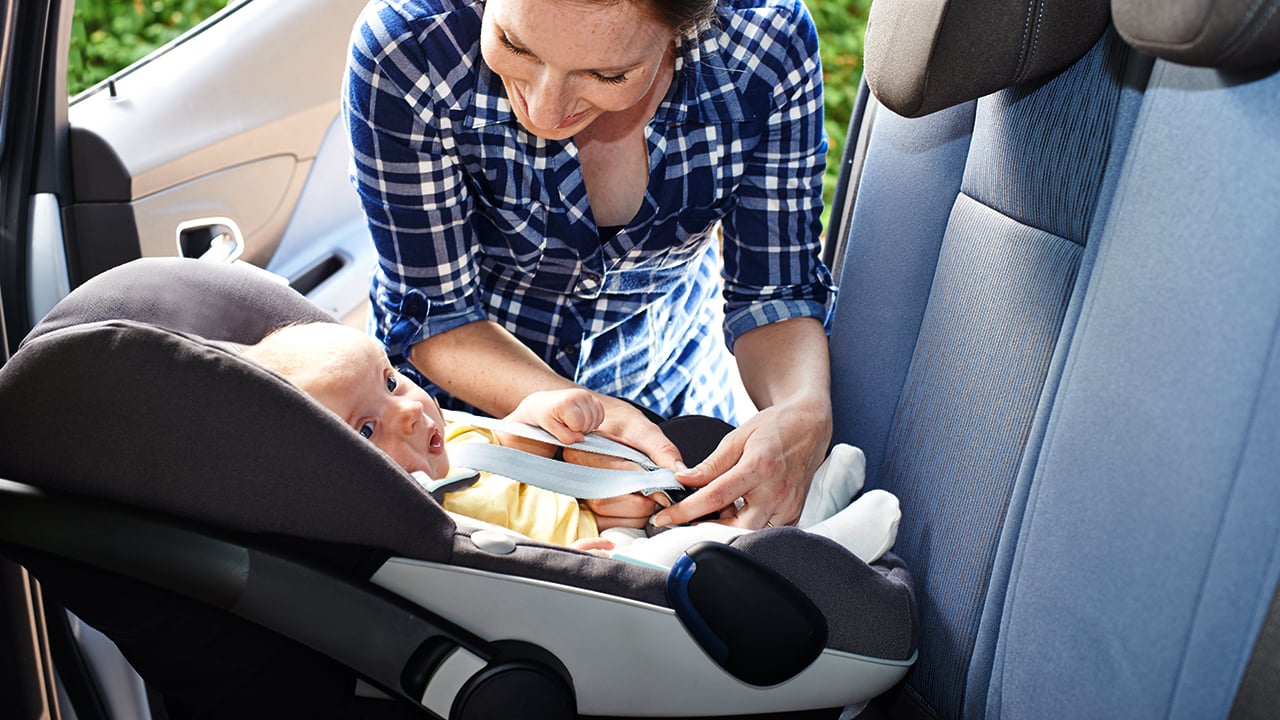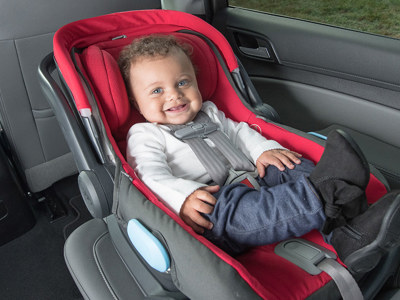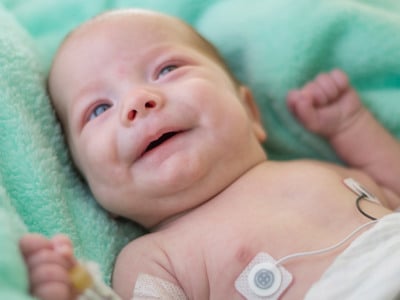- Doctors & Departments
-
Conditions & Advice
- Overview
- Conditions and Symptoms
- Symptom Checker
- Parent Resources
- The Connection Journey
- Calm A Crying Baby
- Sports Articles
- Dosage Tables
- Baby Guide
-
Your Visit
- Overview
- Prepare for Your Visit
- Your Overnight Stay
- Send a Cheer Card
- Family and Patient Resources
- Patient Cost Estimate
- Insurance and Financial Resources
- Online Bill Pay
- Medical Records
- Policies and Procedures
- We Ask Because We Care
Click to find the locations nearest youFind locations by region
See all locations -
Community
- Overview
- Addressing the Youth Mental Health Crisis
- Calendar of Events
- Child Health Advocacy
- Community Health
- Community Partners
- Corporate Relations
- Global Health
- Patient Advocacy
- Patient Stories
- Pediatric Affiliations
- Support Children’s Colorado
- Specialty Outreach Clinics
Your Support Matters
Upcoming Events
Colorado Hospitals Substance Exposed Newborn Quality Improvement Collaborative CHoSEN Conference (Hybrid)
Monday, April 29, 2024The CHoSEN Collaborative is an effort to increase consistency in...
-
Research & Innovation
- Overview
- Pediatric Clinical Trials
- Q: Pediatric Health Advances
- Discoveries and Milestones
- Training and Internships
- Academic Affiliation
- Investigator Resources
- Funding Opportunities
- Center For Innovation
- Support Our Research
- Research Areas

It starts with a Q:
For the latest cutting-edge research, innovative collaborations and remarkable discoveries in child health, read stories from across all our areas of study in Q: Advances and Answers in Pediatric Health.


Car Seat Safety for Premature Babies

Taking your baby home from the Neonatal Intensive Care Unit (NICU) is one of the most exciting days in a new parent’s life. But there’s one more hurdle that often raises questions: the infant car seat.
More than 90% of car seats are installed incorrectly. And car seat safety is extra important for babies born prematurely because they are often too small for many infant car seats and they can have breathing issues that car seats make worse.
But don’t worry. Follow the advice of our child passenger safety experts and you’ll feel safe, secure and excited about your baby’s first ride home.
How do I choose the right baby car seat?
Part of your decision is straightforward: find a car seat that fits a very small baby. Look for an infant car seat that can fit a baby that is 3 to 4 pounds and 17 to 19 inches tall. Luckily, more car seat manufacturers are making seats to fit premature babies now.
You also want to make sure the shoulder straps will fit a small baby. Our experts say to look for a seat with a shoulder strap entry point that is less than 7 inches from the bottom of the car seat — where it starts to curve to support the baby’s bottom. A car seat with a flat back is typically best for premature babies.
Also, look for a car seat with no head padding or removable head padding. Bulky padding can push your baby’s head down toward their chest, which could block their airway.
With that information in mind, you have two choices for baby car seats:
- Convertible baby car seats: These seats adjust so you can use them from birth through toddler age. They start as rear-facing and then can turn front-facing when your baby is big enough to be safe in that position. These car seats usually stay in your car.
Convertible car seats can save you money because you don’t have to buy a new car seat as your baby outgrows their old one. Some convertible seats can fit small, premature babies. - Rear-facing carriers: Rear-facing-only car seats are only for infants. They have a handle and usually include a base that stays in the car. The car seat locks into the base.
Make sure the car seat you choose can fit small babies. You should also read the car seat manual and your car’s manual to check for any special considerations.
It’s important to have a certified child passenger safety technician help you install the car seat. You can search for a certified technician near you. Or, ask the hospital where your baby will be born if they have a certified technician working with their NICU.
Finally, know that your car seat might not fit your baby, even if they’re within the seat’s weight and height guidelines. Before you leave the NICU, a certified technician should confirm that your baby is safe and comfortable in their seat.
How do I safely position my baby in their car seat?
The main issue is to avoid your baby’s head slumping toward their chest, which can block their airway. Before your baby rides in their car seat, install it in your car, park it on flat ground and make sure the seat’s angle measurement is in the right position for newborns. This angle should be the most reclined the car seat allows.
Seats with a curved back or large head padding can push your baby’s head toward their chest and close their airway. If you can’t adjust the car seat to keep your baby’s airway clear, you may need to find a different car seat.
Your baby’s car seat straps should fit them snugly with the chest clip aligned with their armpits. You shouldn’t be able to pinch the fabric straps. Also, the shoulder straps should enter the back of the car seat below your baby’s shoulders.
Avoid extra padding that keeps your baby from moving. Your baby should be snug, but still able to move their limbs and turn their head. If padding is too close to their head, they could turn their head and suffocate in the padding.
If your baby is in the NICU, they should pass a safety test before they go home to make sure they are safely positioned in their car seat.
What is a baby car seat safety test?
When your baby is leaving the NICU, they should take a car seat safety test, known as an Angle Tolerance Test or Car Seat Tolerance Screening. The test makes sure your car seat doesn’t trigger underlying medical problems.
These problems could include bouts of apnea (temporary pauses in breathing), bradycardia (lowered heart rate) or oxygen desaturation (not enough oxygen in the blood).
Your baby sits in their car seat for 90 minutes, or however long your NICU team thinks is best, while providers watch them and monitor their blood oxygen levels and heart rate. This test is different from making sure your car seat is installed correctly.
If your baby doesn’t pass this test, NICU staff usually tries again later. If your baby doesn’t pass it several times, they may need to try a different car seat or, rarely, a car bed.
A car bed is commonly used for babies with hydrocephalus, encephalitis and other conditions that can cause their heads to be enlarged. You should only get car beds from the hospital.
How can I safely adjust my baby’s car seat?
The simple answer to this question is to make all adjustments with the help of a child passenger safety technician. They will know if the adjustments are safe for your baby. Because parents are busy, here are some things to keep in mind if you can’t consult a certified technician:
- Padding and positioning aids: Sometimes positioning aids can help very small babies fit more safely into their car seat. But you should only use aids that came with your car seat and follow their height and weight guidelines. They have been tested with your particular car seat to make sure they’re safe.
Don’t use anything bought separately, or blankets or towels from home unless your car seat’s manufacturer specifically mentions that rolled blankets serve as positioning aids. In this case, use rolled blankets only as instructed in the car seat’s manual. In all other cases, other positioning aids haven’t been tested with your car seat and could make your baby less safe. - Making car seats bigger or moving to the next size: When it’s time to move to the next stage car seat or switch modes, see a certified passenger safety technician. Consider it a brand-new seat, even when you’re changing a convertible car seat.
When in doubt, keep using their current seat or setting as long as you child is still within the weight and height guidelines and connect with a technician as soon as you can. - Check your car seat’s manual: Your car seat may have specific adjustments and instructions for its hip straps and crotch buckle for small babies. These can make your baby more secure, but the adjustments aren’t always obvious.
How can I secure my baby’s medical equipment?
If your baby is leaving the NICU with a heart rate monitor, oxygen or other equipment, remember that it can become a projectile during a crash — harming your baby or other passengers.
Your best bet is to secure the equipment in an open seat with a seat belt like it’s a passenger. Loop the belt through a handle or anything else that can make it more secure while allowing the equipment to function.
If you don’t have a seat belt open, place the object so it’s as secure and low to the ground as possible. Put it on the car floor and secure it with hook-and-loop fastener straps or other secure straps. If you have questions or don’t think you have the right equipment, talk with a child passenger safety technician at your NICU.
How do I know my baby is safe in their car seat?
If you’ve done everything above, you’re in a good place. But how do you know your baby will be safe on their first ride and many rides to come? Our experts have some additional tips:
- Make sure your baby’s head doesn’t fall toward their chest. This is the biggest issue for babies born prematurely or with medical conditions. Install your car seat on the maximum recline allowed by the manufacturer. Have an adult sit with them in the back seat, if possible.
- Place your baby’s car seat in the position (left, middle or right) where you can most securely install it as shown in your car seat’s manual. No one position is necessarily safer than another.
- Keep your baby in their seat or in the convertible stage for as long as the seat’s guidelines allow. Don’t move to the next seat or stage too early.
- Make sure any positioning aids or padding can’t become a suffocation threat.
- Keep them in their car seat for no more than 90 minutes at a time. If you’re taking a longer trip, make stops and take your baby completely out of their car seat at each stop.
- Keep their naps in the car seat short while driving, and don’t let them sleep in their car seat once you get home. Setting the car seat on the ground can change its angle, which could block your baby’s airway.
- Babies in car seats shouldn’t be placed in cribs, in shopping cart baskets or on elevated surfaces. Babies should always remain buckled in their car seats outside the car.
When in doubt, talk to a child passenger safety technician. The time you take will be worth it for your child’s safety — and your peace of mind.



 720-777-0123
720-777-0123






